
Does Plated Jewelry Turn Green? Secrets to Keep Your Jewelry Shiny
If you’ve ever wondered does plated jewelry turn green, the answer is yes—it can. When the thin layer of gold, silver, or rhodium wears down, it may expose the copper or brass base metal underneath, which can react with your skin. To prevent this, choose pieces with thicker plating (around 1 micron or more), avoid water, sweat, lotions, and harsh cleaners, and gently wipe your jewelry after each wear. For even better long-lasting shine, consider styles from our Anti-Tarnish Jewelry collection. Store each piece dry, in its own pouch, for the smartest way to keep it looking new.
What “Plated” Jewelry Actually Means
Although “plated” sounds straightforward, it describes a specific manufacturing process where a thin layer of one metal is bonded over a base metal core. You’ll usually see gold, rhodium, or silver deposited onto brass, copper, or sterling using electroplating, which drives metal ions onto the surface in a controlled thickness, often measured in microns.
To judge jewelry durability, you need to know both the base and the plated materials. Thicker plating over a hard, corrosion-resistant base wears longer and resists micro-scratches, sweat, and cosmetic exposure.
Thin or uneven plating breaks down faster at high-friction points like ring shanks and bracelet clasps. If you clean gently, avoid abrasives, and limit chemical contact, you’ll slow that wear and keep the plated layer intact longer.
Why Some Jewelry Turns Your Skin Green
When jewelry turns your skin green, you’re seeing metal ions from the piece react with moisture, oxygen, and acids on your skin to form copper salts that transfer as a green film.
Sweat, lotions, and pH changes accelerate this electrochemical process, especially in plated jewelry where the base metal is more exposed at edges, clasps, and worn spots.
You’re not always dealing with allergies metals in this case. True allergic skin reactions usually involve itching, bumps, or redness, while green staining is mainly a surface residue.
However, persistent moisture and friction can compromise plating faster, increasing both staining and irritation risk.
To limit green transfer, you minimize contact with water, wipe pieces after wear, and store them dry to slow metal ion release.
Metals Most Likely to Cause Green Discoloration
Base metals with high nickel content also cause issues.
While nickel itself tends to gray or redden skin, it’s often blended with copper alloys, amplifying corrosion and green staining.
To reduce discoloration, you’ll want to limit prolonged moisture exposure, remove pieces before workouts, and clean residue from skin-contact surfaces regularly.
How Plating Thickness Affects Tarnish and Color Change
Even with identical metals, plating thickness dramatically changes how fast jewelry tarnishes and whether it turns your skin green. A thin flash plating (often under 0.1 microns) wears quickly, exposing reactive metal alloys like brass or copper, which then oxidize and transfer color to your skin.
When you choose thicker plating—typically 0.5–2.5 microns for gold or rhodium—you improve plating durability by creating a longer diffusion path before base metals reach the surface. Micron-level thickness also slows pinhole formation, where corrosion usually starts.
For daily-wear pieces, you’ll want at least 1 micron over non‑noble metal alloys, and more for rings that see abrasion.
Store plated jewelry separately and avoid friction between pieces to preserve that protective thickness as long as possible.
Skin Chemistry, Sweat, and Everyday Products That Speed Up Tarnish
Thickness only controls how much abuse the plating can take; your skin chemistry and daily environment determine how aggressively it’s attacked.
Your skin type and pH balance influence how quickly base metals under the plating corrode. Oily or acidic skin, common with lower pH, accelerates ion exchange between sweat, oxygen, and metals like copper or nickel, leading to green or dark residues.
Sweat is basically a salt-acid solution; during workouts or heat, it penetrates microscopic pores in the plating and speeds electrochemical reactions.
Everyday chemicals compound the problem: lotions, perfumes, hair products, and hand sanitizers carry alcohols, surfactants, and acids that etch or soften the surface.
To slow tarnish, you remove jewelry before exercising, showering, applying products, or cleaning with harsh detergents.
Spotting Quality Plating vs. Cheap, Short-Lived Finishes
When you’re trying to tell if plated jewelry will actually last, you need to read its construction the way a jeweler does, not just trust the color and shine.
First, look for clear quality indicators: the base metal (sterling silver, stainless steel, or brass) should be disclosed, along with the plating type (gold, rhodium, or palladium) and thickness in microns or mils. Anything under 0.5 microns is fashion-level; 1–2.5 microns signals better plating durability.
Check edges, clasps, and prong tips. Uneven color, rough grain, or exposed base metal already peeking through mean a shortcut finish.
Hallmarks like “vermeil” or “PVD” usually indicate more robust processes, while vague labels like “gold toned” almost always point to short-lived plating.
Simple Daily Habits to Keep Plated Pieces Shiny Longer
Although plating quality sets the baseline, your daily habits determine how long that finish actually stays intact. You want to treat plated pieces as thin surface coatings, not solid metal.
As daily care, always put jewelry on last—after sunscreen, lotion, perfume, and hair products—so chemicals don’t sit on the plating. Remove rings before handwashing, dishwashing, workouts, and sleep to limit abrasion, sweat, and soap-film buildup that accelerate wear.
Store pieces individually in soft pouches or lined compartments to prevent harder metals or stones from micro-scratching the plated layer. Keep silica gel packets nearby to reduce humidity, which speeds tarnish on base metals beneath worn spots.
These maintenance tips slow mechanical friction, chemical exposure, and moisture—your three main plating enemies.
Cleaning Plated Jewelry Safely at Home
Because plated jewelry uses a thin, mechanically fragile surface layer over a stronger base metal, you have to clean it with methods that remove oils and grime without eroding that top coat.
Start with lukewarm water, a drop of pH‑neutral dish soap, and your fingers or an ultra‑soft brush; these gentle methods minimize abrasion on gold, rhodium, or silver plating.
Avoid harsh cleaning solutions like bleach, acetone, alcohol, or ammonia that can undercut the plated layer and expose the base metal.
Instead, use a mild soap bath for 2–3 minutes, then rinse thoroughly to remove ionic residues that might accelerate corrosion.
Pat dry with a lint‑free microfiber cloth, pressing rather than rubbing, so you don’t thin the plating over time.
Storage Tricks to Prevent Tarnish and Fading
Clean jewelry won’t stay bright for long if you store it in ways that accelerate oxidation and wear on the plated layer. You need proper storage that limits air, moisture, and abrasion.
Use individual soft-lined compartments or microfiber pouches so pieces don’t rub and scratch through the plating. Avoid wood boxes with acidic varnishes; choose inert materials like acrylic, glass, or lacquered metal.
Prioritize humidity control. Store jewelry away from bathrooms and kitchens, and add silica gel packets or activated charcoal strips to your box to absorb moisture and airborne sulfur compounds.
For silver- or rhodium-plated pieces, anti-tarnish strips help neutralize corrosive gases. Always fasten clasps and lay chains flat to prevent kinking, which creates stress points where plating thins fastest.
When to Re-Plate, Repair, or Replace Your Jewelry
Once you understand how plating wears, you can judge whether a piece needs re-plating, structural repair, or full replacement.
Look for base metal peeking through at high-friction zones—ring shanks, clasp edges, pendant backs. When exposed metal appears, it’s time to discuss re-plating frequency with your jeweler; for daily-wear rings, that’s often every 12–24 months, less for earrings and pendants.
Choose repair instead of replacement when you see bent prongs, loose stones, worn jump rings, or thinned clasps.
These issues affect security more than appearance and should be fixed before re-plating.
Replace pieces when the base metal is heavily pitted, cracked, or structurally fatigued.
At that point, re-plating won’t meaningfully improve jewelry longevity or safety.
Frequently Asked Questions
Can I Shower or Swim Regularly While Wearing Plated Jewelry?
You shouldn’t shower or swim regularly with plated jewelry; shower impact and swimming effects accelerate metal ion loss, thin the plating, expose the base metal, and promote corrosion. Remove pieces, dry skin, and store in low-humidity conditions.
Is Plated Jewelry Safe for Sensitive or Allergy-Prone Skin?
It’s sometimes safe, but you must verify the base metal and plating thickness. Choose nickel‑free, hypoallergenic alloys, rhodium or platinum plating, and re‑plate when worn to minimize metal migration, allergic reactions, and chronic skin irritation.
How Does Plated Jewelry Compare to Solid Gold in Resale Value?
You’ll get minimal resale potential from plated jewelry, since refiners recover almost no metal. Solid gold tracks the gold market directly, sells by weight and karat, and maintains value if you document purity and minimize wear.
Can I Resize or Repair a Plated Ring Without Ruining the Finish?
You can resize or repair a plated ring, but you risk thinning or cracking the plating. Ask a jeweler skilled in plated jewelry maintenance and laser-based resizing techniques, then have the ring professionally cleaned and replated afterward.
Is Plated Jewelry Appropriate for Engagement Rings or Wedding Bands?
Yes, but it’s not ideal for daily-wear symbols. You should treat plated pieces as budget engagement ring options, understanding wedding band durability suffers: plating abrades, base metal can corrode, and you’ll need frequent professional re-plating.
Conclusion
When you understand what’s under the plating and how thick that layer is, you can predict how your jewelry will age and plan maintenance instead of guessing. Control moisture, salt, and chemicals; clean gently with mild surfactants; and store pieces in low-oxygen, low-humidity environments. Rotate wear, inspect for base metal exposure, and re-plate before heavy abrasion shows. With consistent care, even budget-friendly plated jewelry stays bright, stable, and skin-friendly much longer.






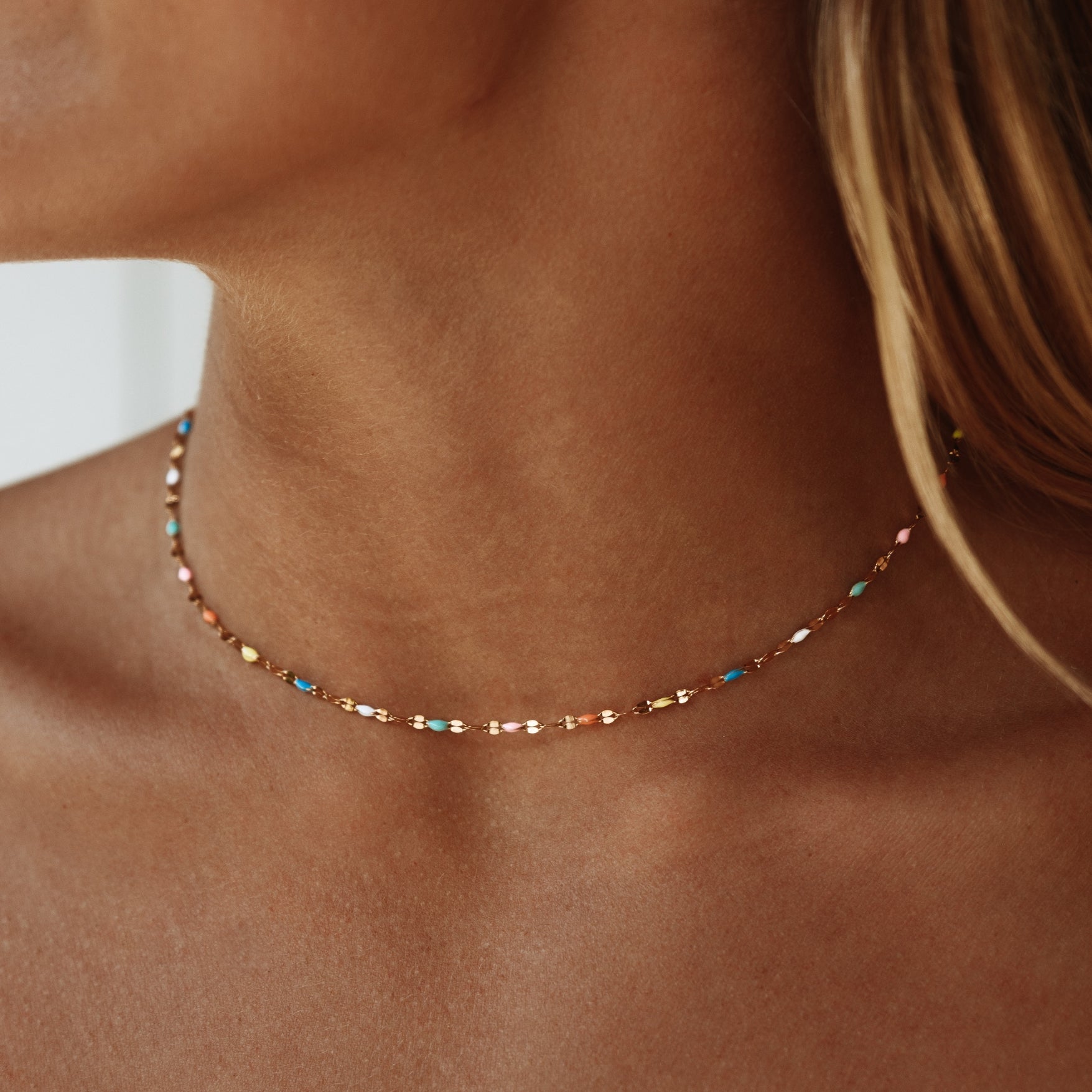
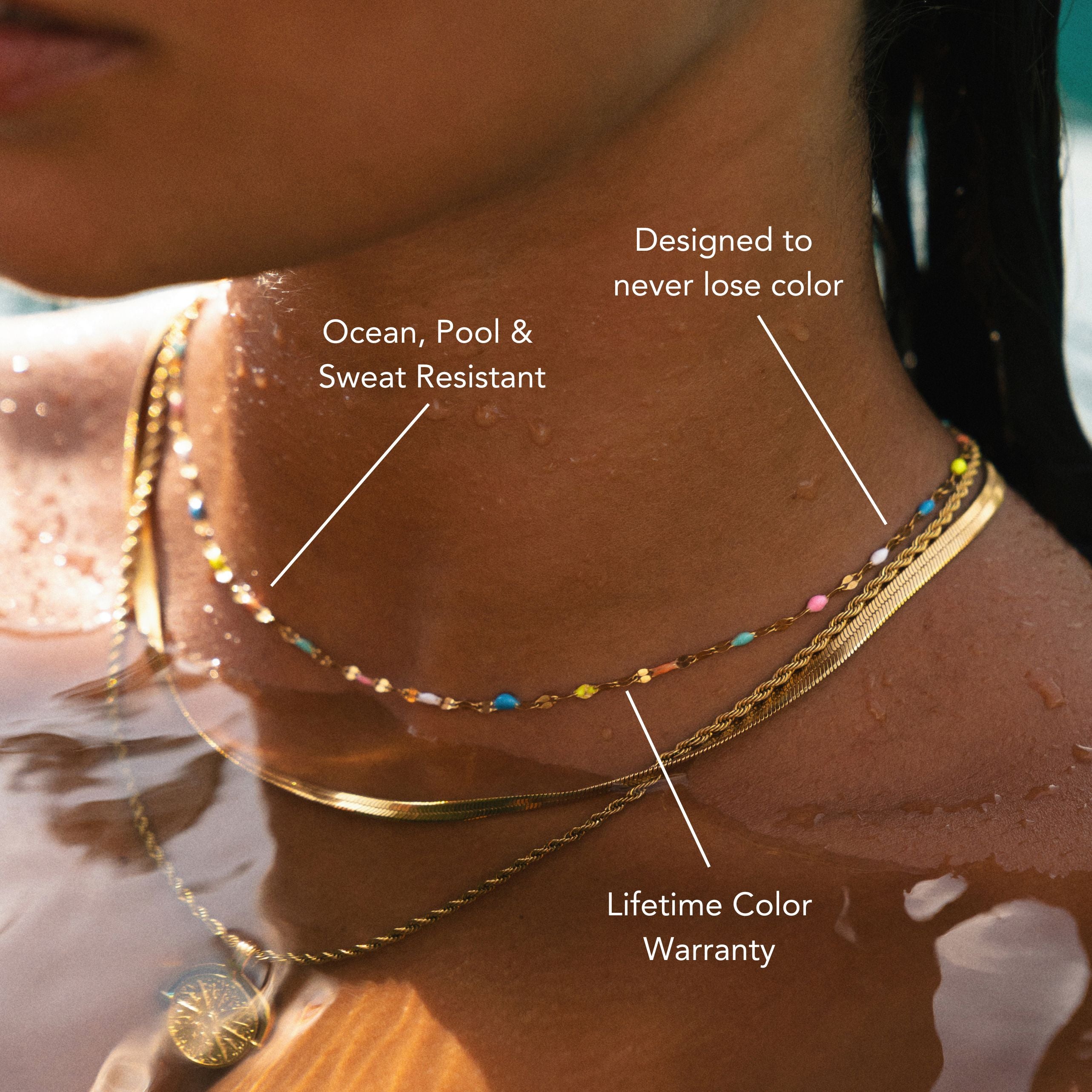
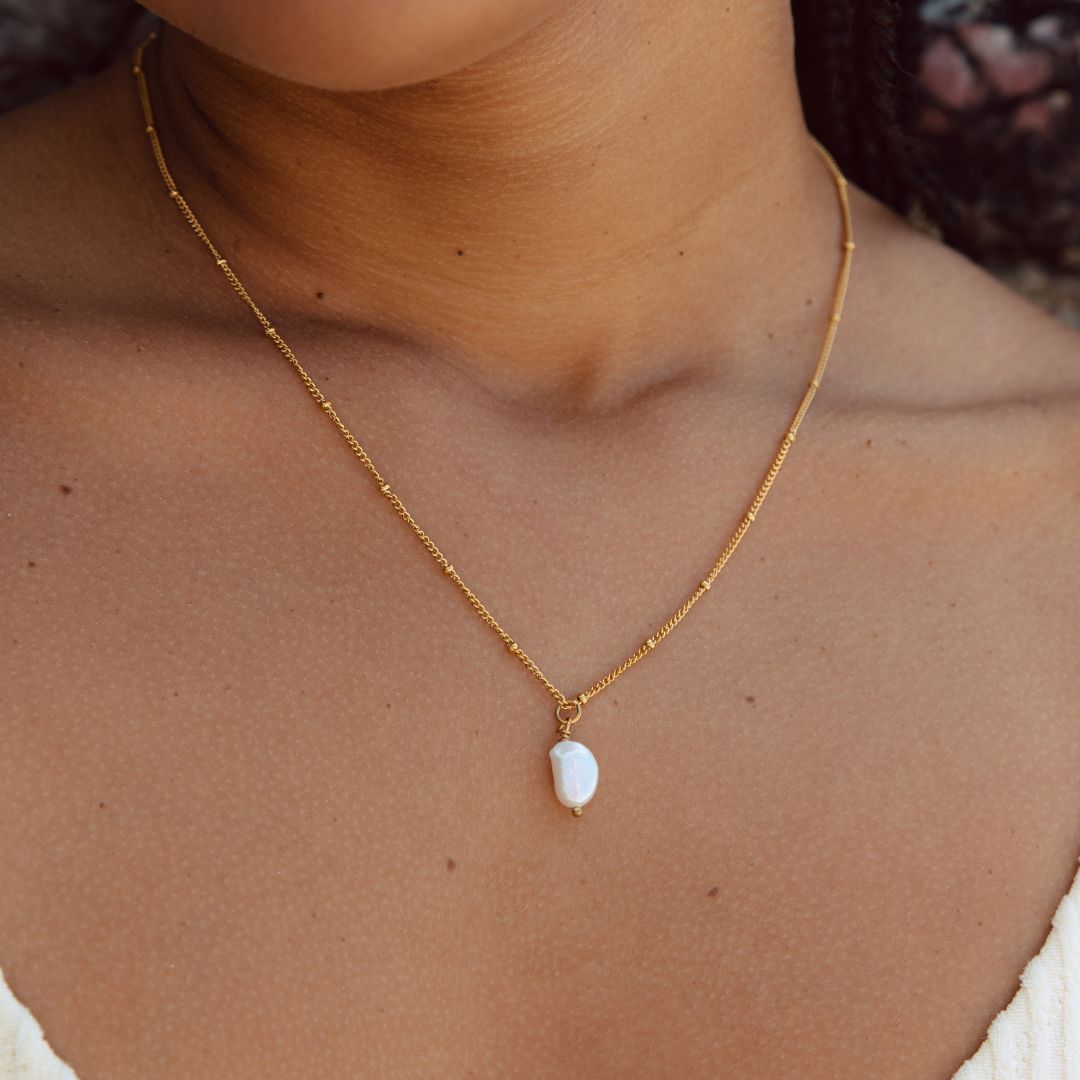
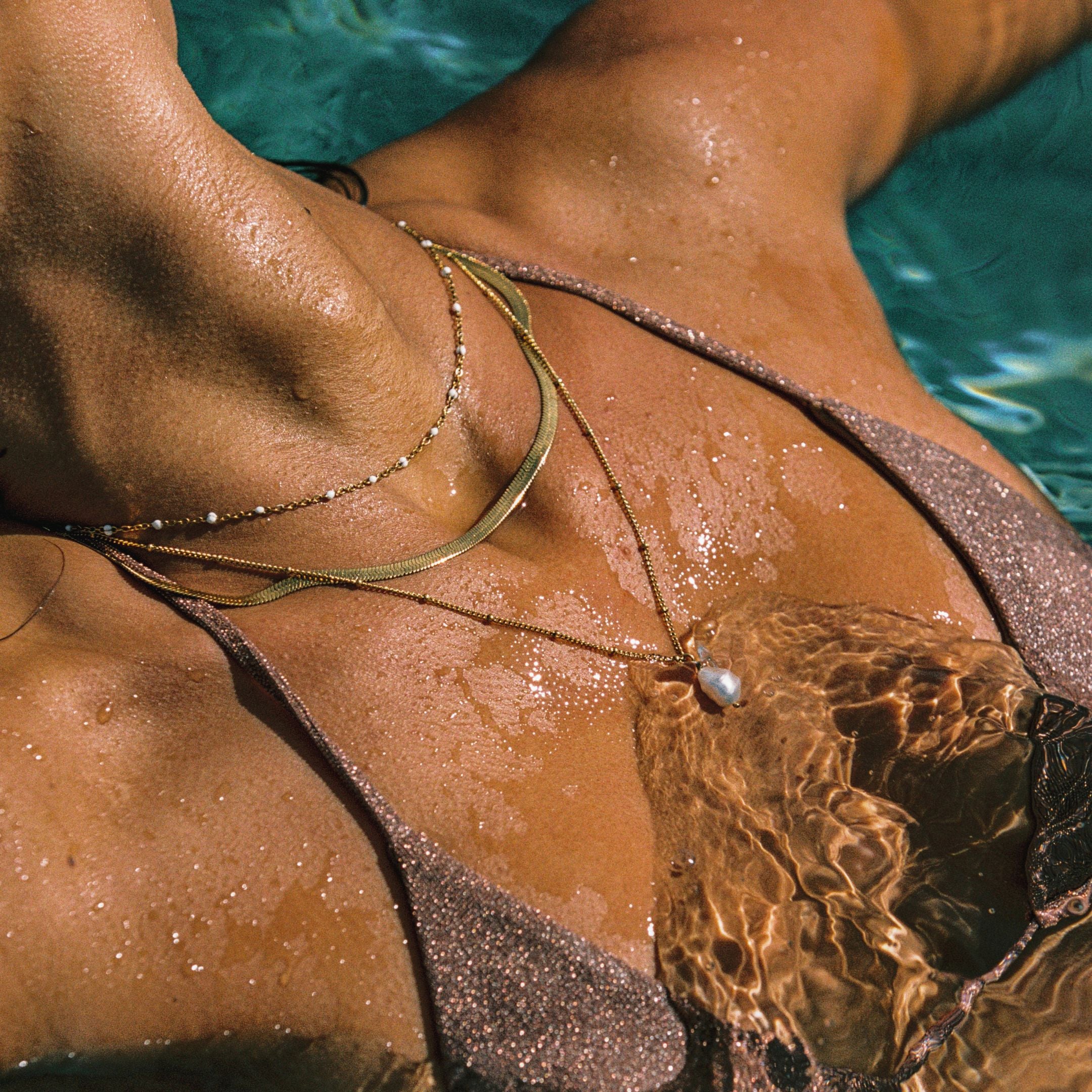
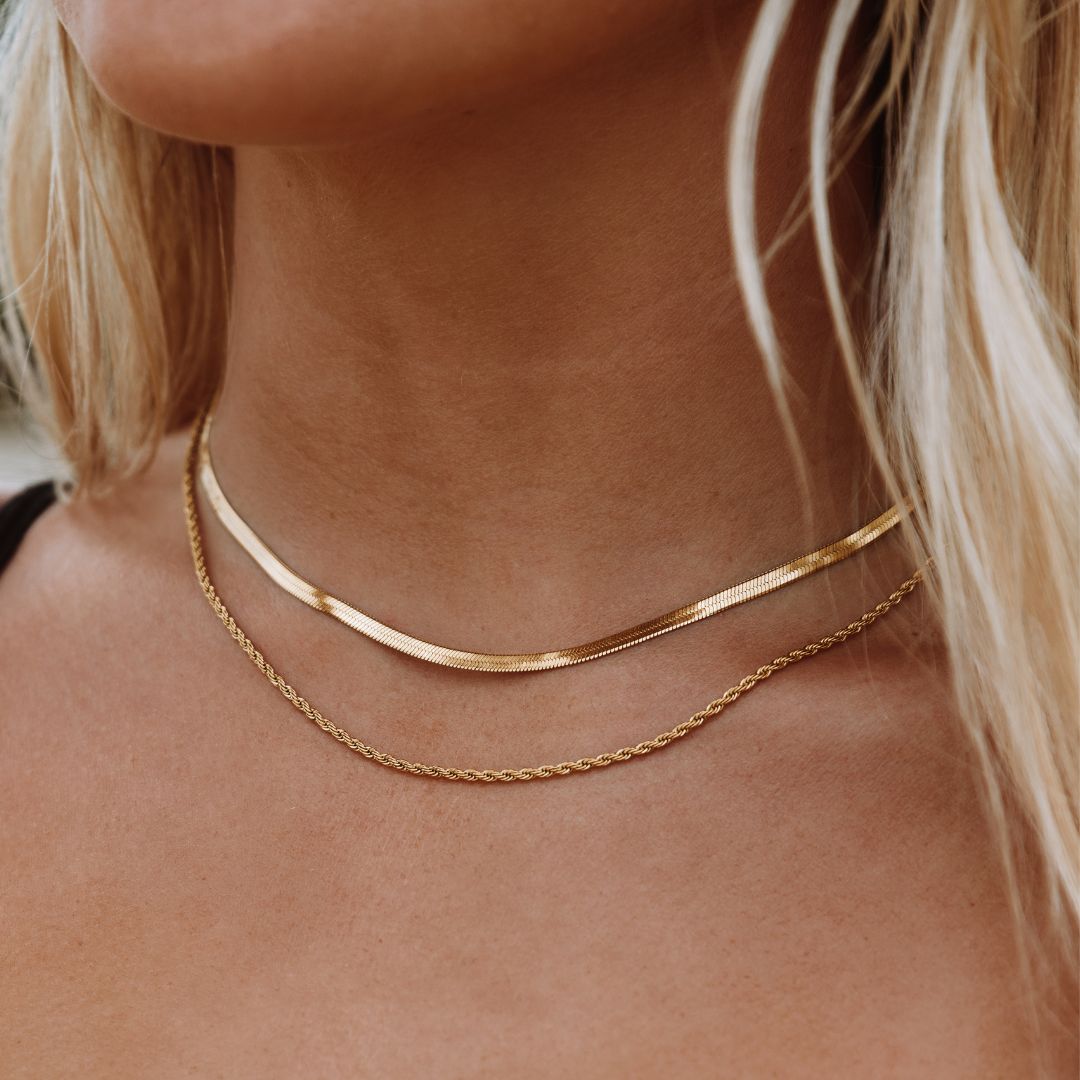
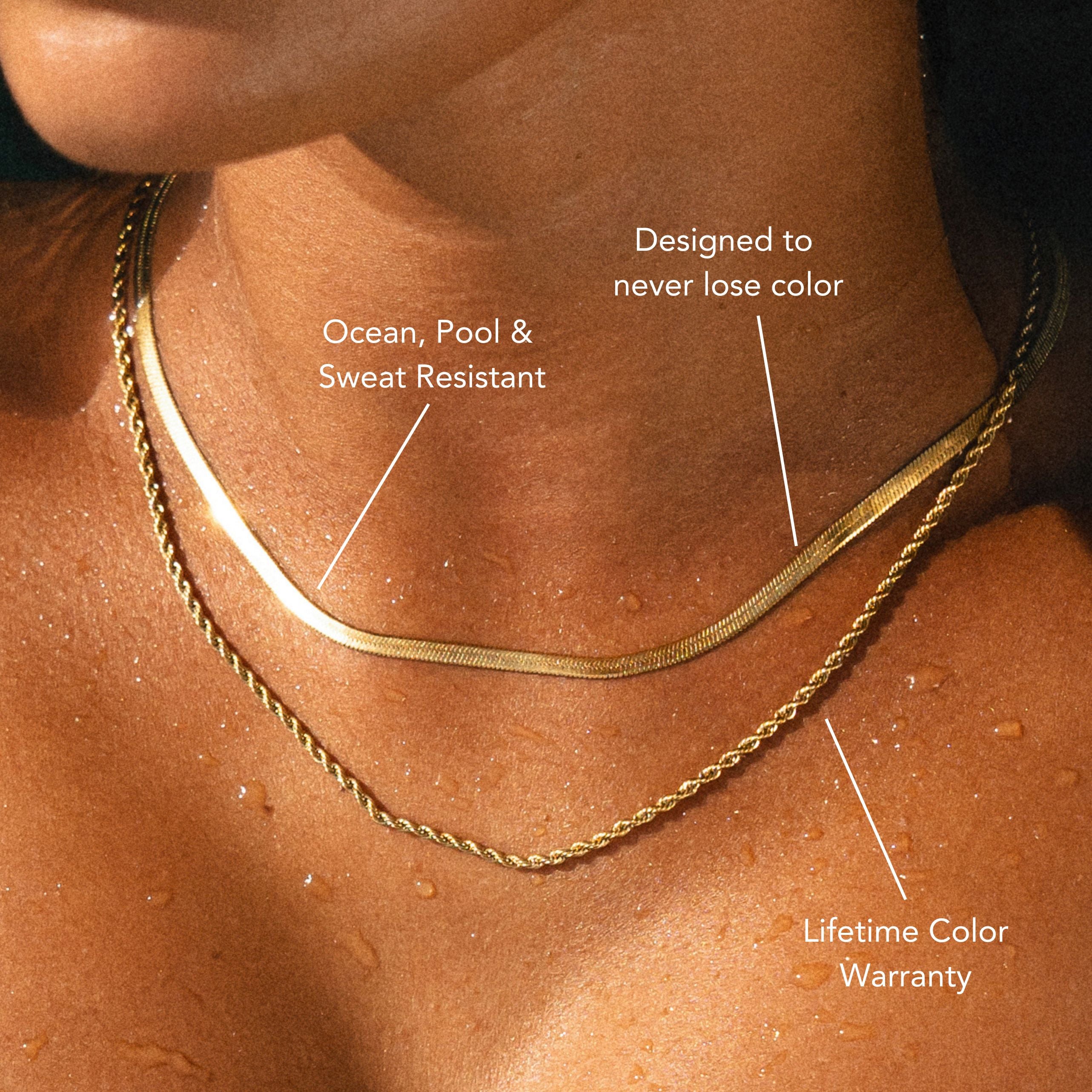
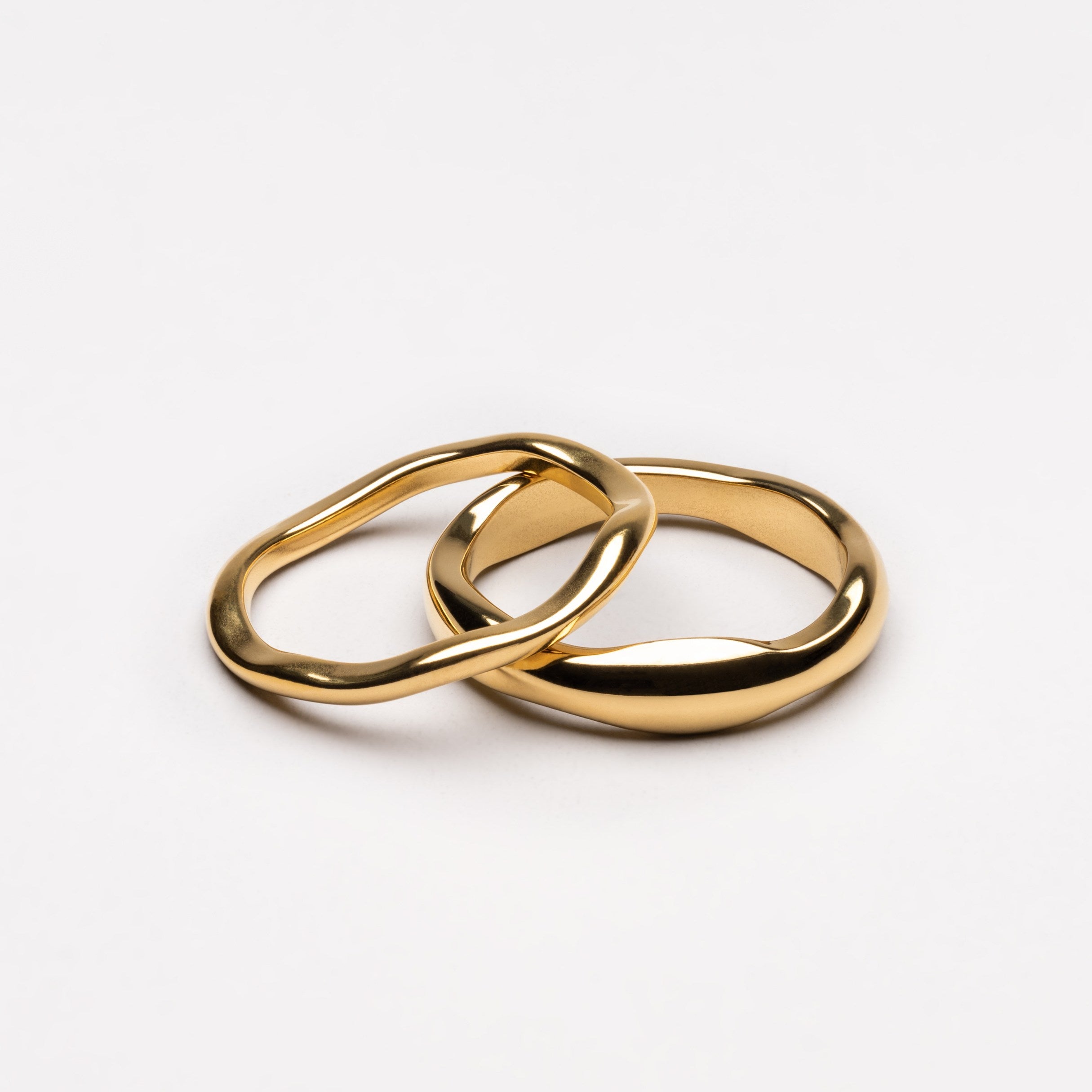

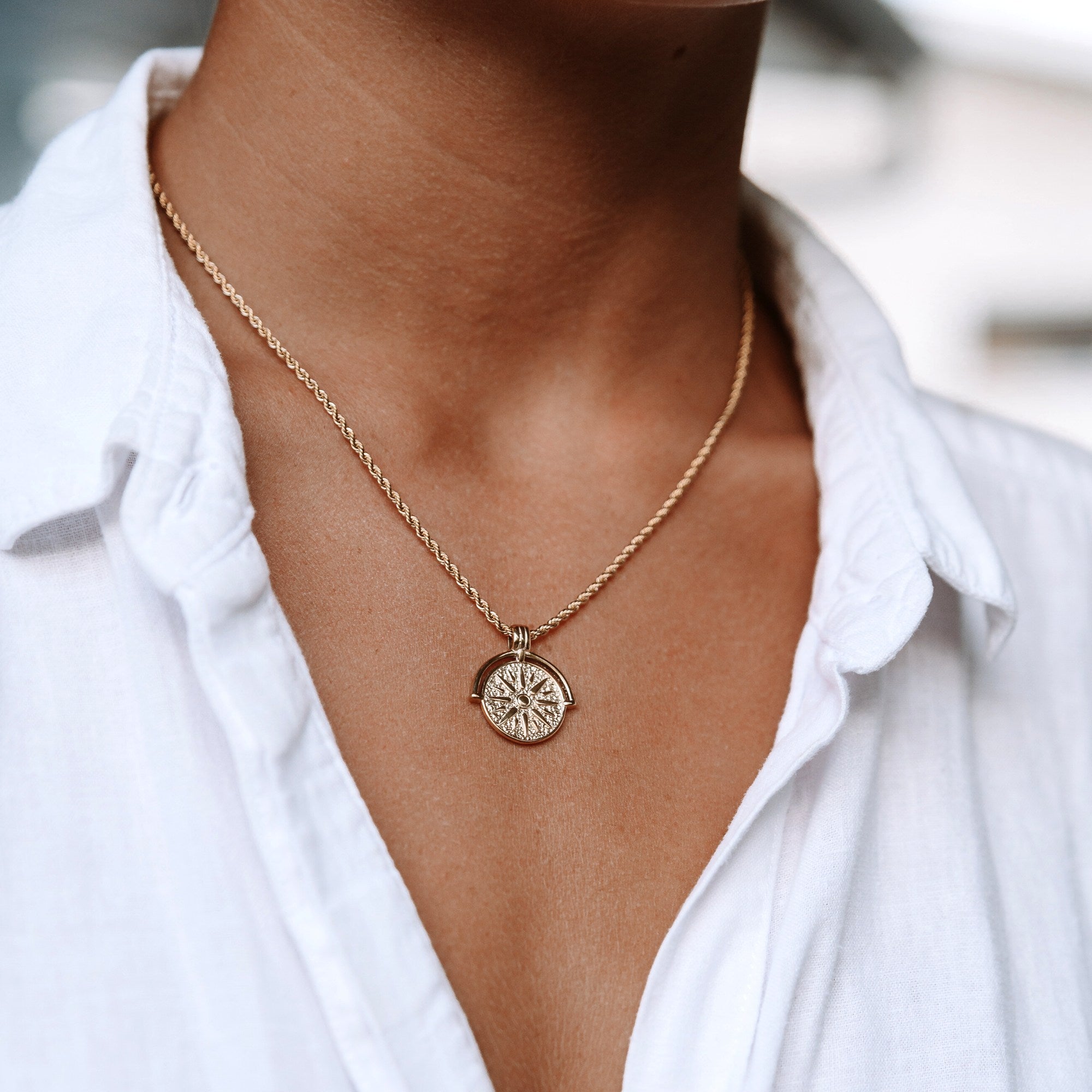
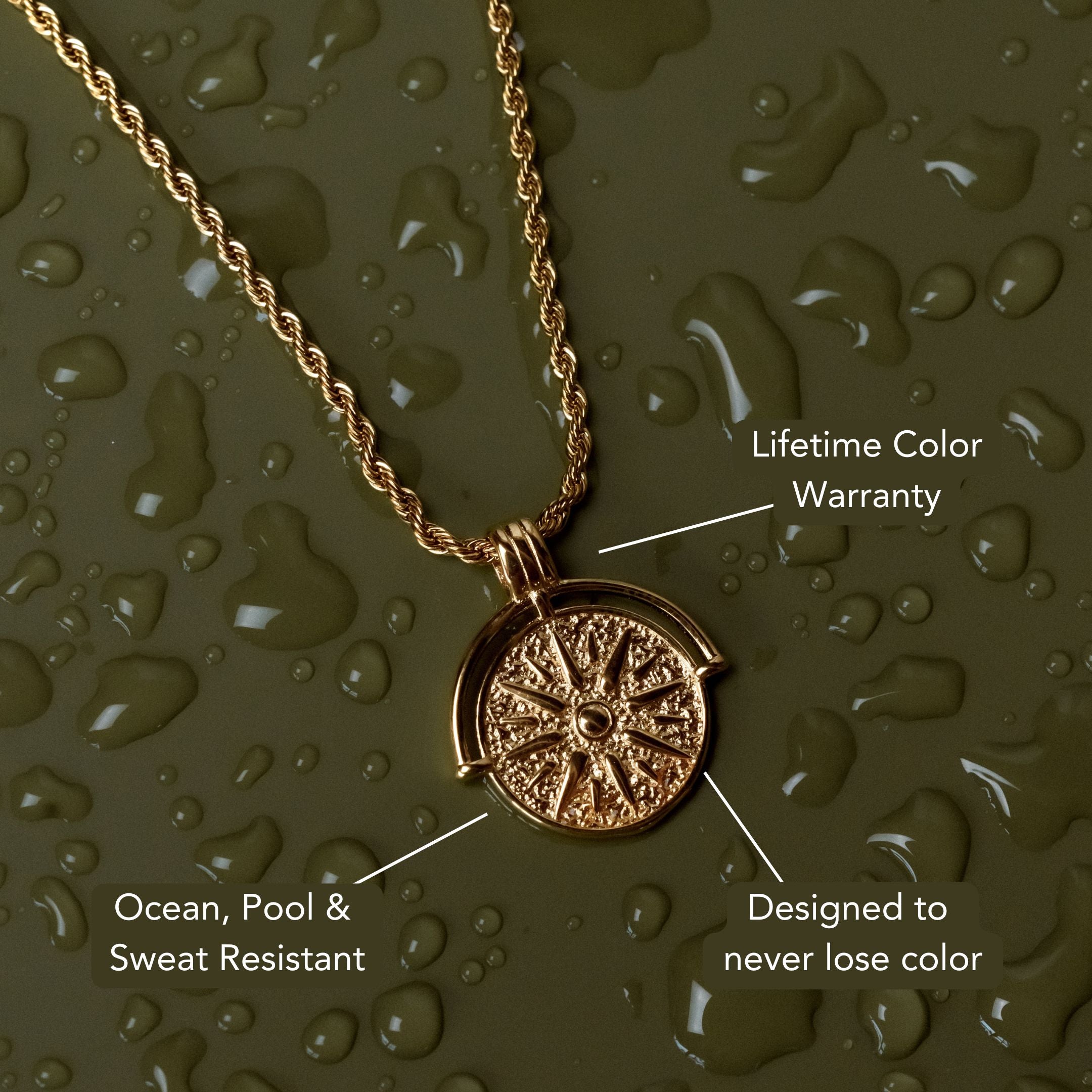
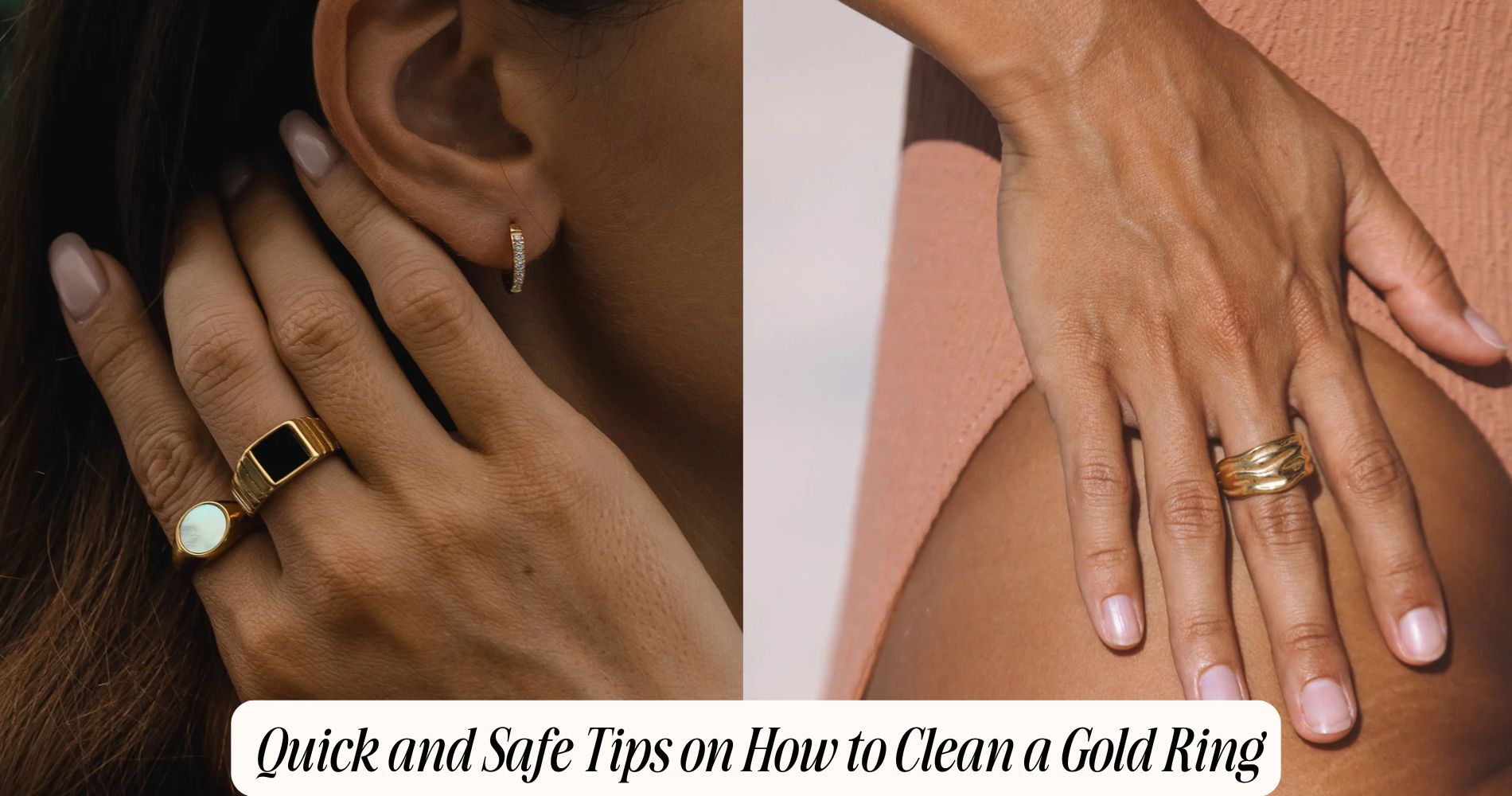
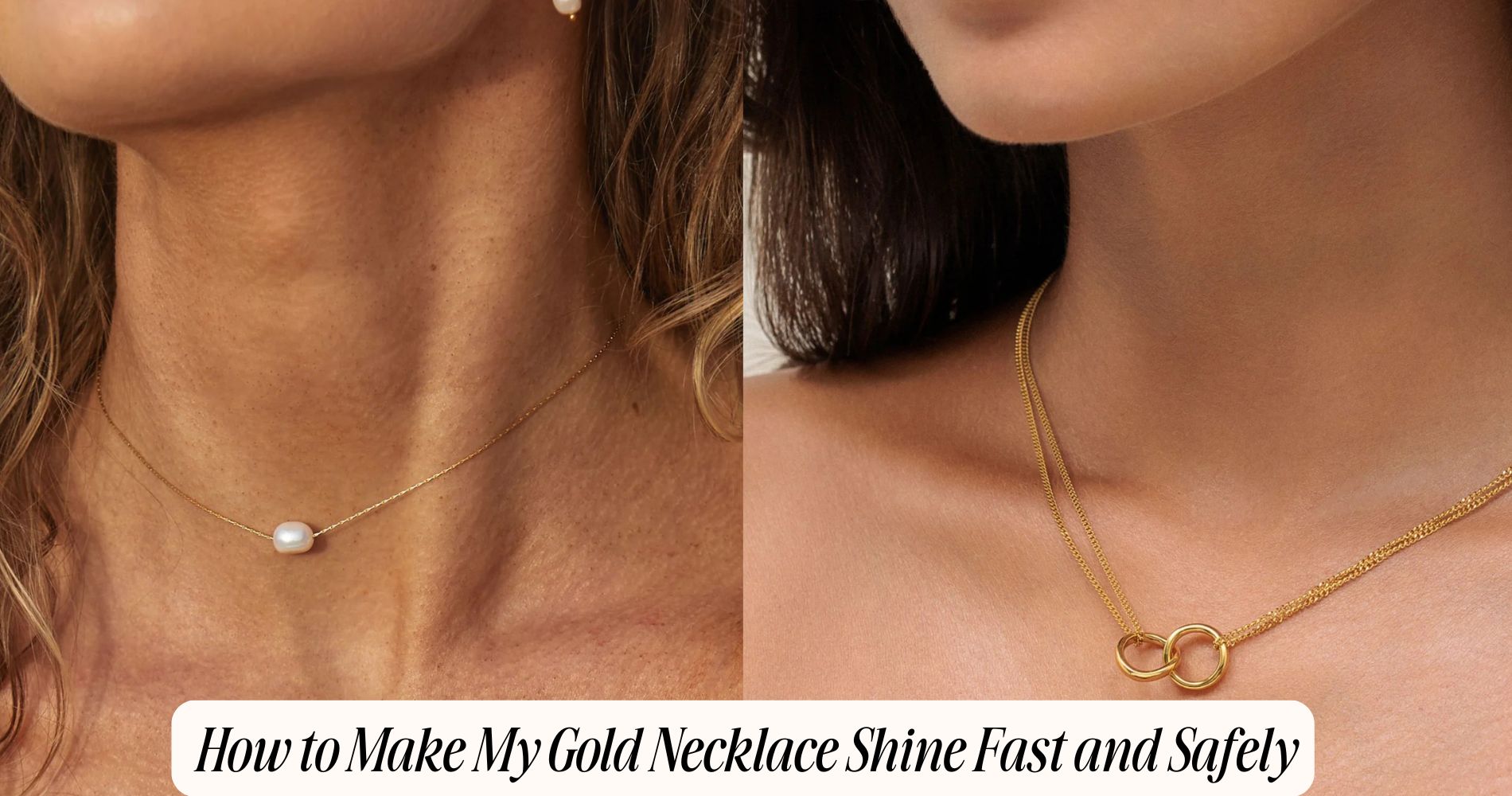




Leave a comment
This site is protected by hCaptcha and the hCaptcha Privacy Policy and Terms of Service apply.